Liberica coffee beans introduce in detail the three major coffee varieties, libilica large-grained coffee, why no one grows it.
The Liberica coffee tree is much taller than the Arabica species or Robusta, with a height of 6-20 meters, and the Liberica coffee fruit is also larger than the other two coffee species, so the Liberika species is also called a large fruit seed. Its coffee flavor is famous for its strong wood and smoky flavor.
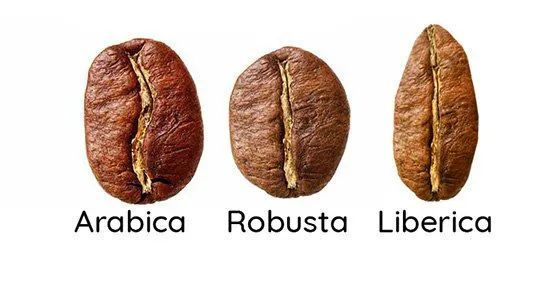
Liberia card species, Arabica species and Canefa species (Robusta) are also known as the three major types of coffee in the commercial coffee market. Liberica coffee accounts for 2% of world consumption, which is dwarfed by Arabica coffee (about 75%) and Robusta (about 20%).
The flavor of Liberika
Of all the types of coffee, Liberica has the lowest caffeine content. Robusta has the highest content, with 2.26 grams of caffeine per 100 grams of beans. Arabica coffee is second only to 1.61 grams of caffeine per 100 grams of beans. Liberica contains only 1.23 grams of caffeine per 100 grams of beans.
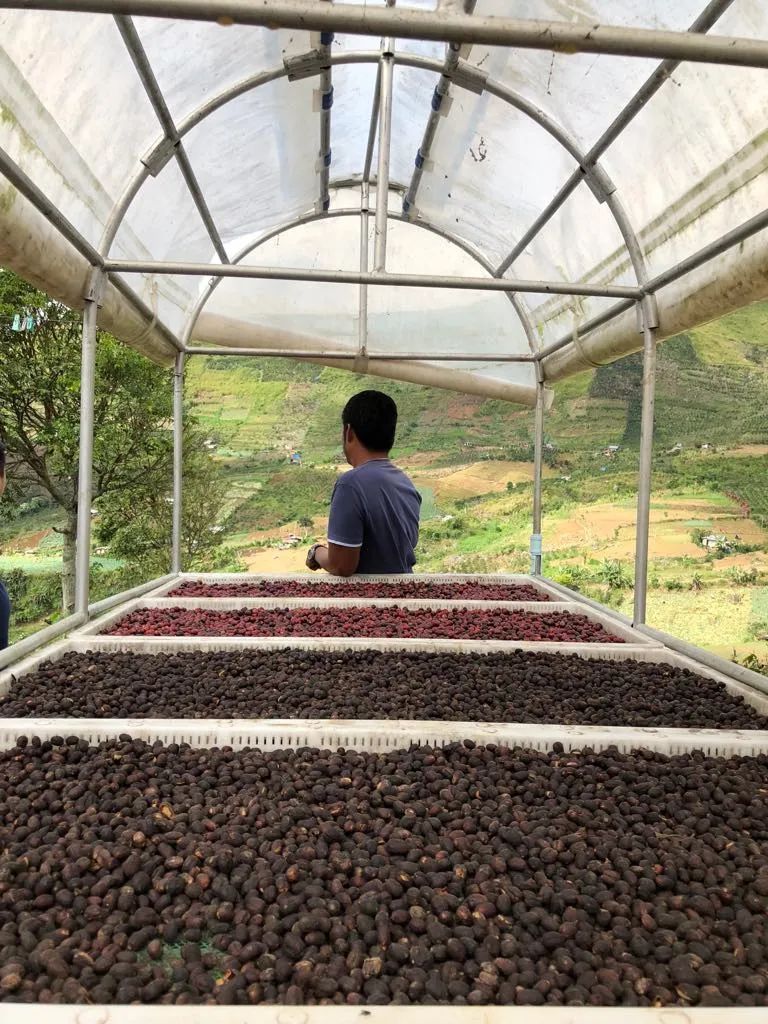
Although the caffeine content of Librika is lower than that of Arabica and Robusta, its flavor is not very friendly. The coffee flavor of Librika is dominated by nutty, dark chocolate and smoky aromas. It has a strong flavor, strong, even with the smell of soil and wood, compared with the cheerful flavor of Arabica, the flavor of Liberika appears to be more heavy and melancholy.
Some people even describe it as liquid tobacco because it produces a thick smoky smell and smell similar to that of actual tobacco plants. Filipinos even call this coffee "Kape Barako", which can be understood as "strong man coffee".
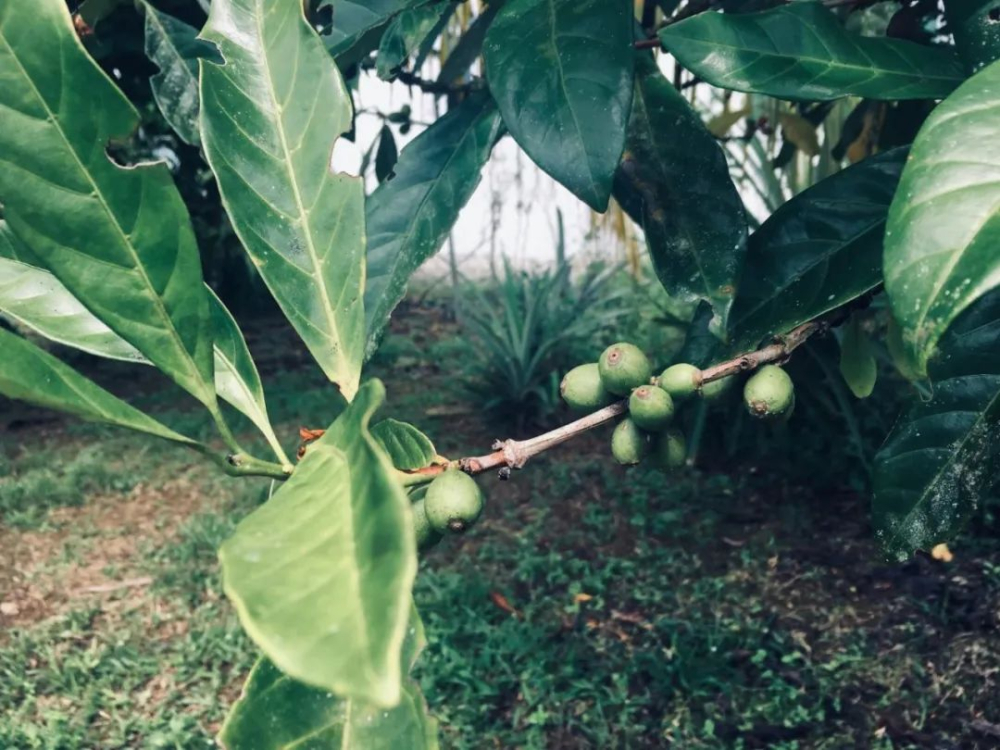
Although the taste of Librika is not very pleasing, its aftertaste is surprisingly excellent, the aftertaste is strong but not strong, and the aroma retained in the mouth is memorable.
Liberica is often used as a raw material for instant coffee, and in the Philippines, "Kape Barako" has become a must for breakfast coffee of the older generation. In Malaysia, Liberica coffee beans are made as a local specialty-white coffee.
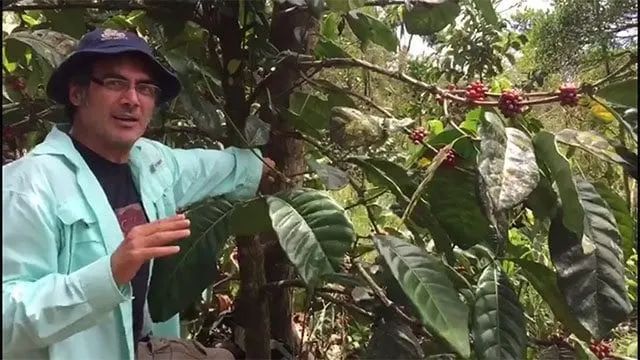
Planting of Liberika
The planting history of Liberika is as complex as its flavor characteristics. Liberia card originated in Liberia on the west coast of Africa. It was not discovered and planted until the 19th century, but it has not been widely planted because it is too tall and difficult to pick.
The Philippines becomes the largest producer of Liberia.
With the global outbreak of coffee rust in 1890, Arabica coffee in Southeast Asia became the biggest victim of leaf rust. Seeing the rapid collapse of the coffee industry, the Philippine government took the lead in looking for strong disease-resistant coffee as a substitute, so Librika was first grown in the Philippine provinces of Badayan and Kavit.
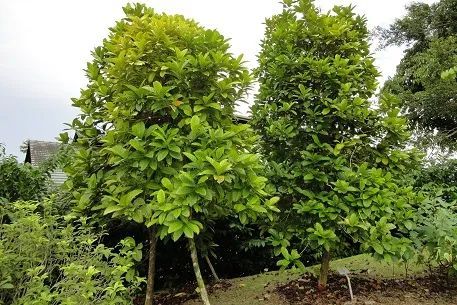
Due to the low altitude, hot weather and abundant rainfall in the Philippines, it is very suitable for the growth of Liberia. To this day, the Philippines is still the largest producer of Liberia in the world, and later countries such as Malaysia, Indonesia and Vietnam also planted a large number of Liberika and its variants, which brought Liberica halfway across the world to Southeast Asia to flourish.
Important Notice :
前街咖啡 FrontStreet Coffee has moved to new addredd:
FrontStreet Coffee Address: 315,Donghua East Road,GuangZhou
Tel:020 38364473
- Prev

Tea plantations in Sri Lanka are facing insect pests, and the Sri Lankan Institute of Tea use allows tea farmers to use herbicides and pesticides.
An industry official said Sri Lanka's tea production could fall sharply due to pests and fungal outbreaks caused by weeds, pesticide bans and fertilizer problems. RoshanRajadurai, a spokesman for the growers' Association, which represents the farm manager, said in a statement that there were no herbicides, soil.
- Next

Which country is the Robusta coffee bean from? The difference between Robusta coffee beans and Arabica introduces the origin story in detail.
Robusta, which originated in the Congo basin on the west coast of Africa, should be called "Canefra coffee species" (Congolese species) if it is to be strictly classified according to botany, in order to correspond to the same level of "Arabica coffee species". The reason why it is so ignored by people is that other Canefa species have no enterprisers.
Related
- Beginners will see the "Coffee pull flower" guide!
- What is the difference between ice blog purified milk and ordinary milk coffee?
- Why is the Philippines the largest producer of crops in Liberia?
- For coffee extraction, should the fine powder be retained?
- How does extracted espresso fill pressed powder? How much strength does it take to press the powder?
- How to make jasmine cold extract coffee? Is the jasmine + latte good?
- Will this little toy really make the coffee taste better? How does Lily Drip affect coffee extraction?
- Will the action of slapping the filter cup also affect coffee extraction?
- What's the difference between powder-to-water ratio and powder-to-liquid ratio?
- What is the Ethiopian local species? What does it have to do with Heirloom native species?

